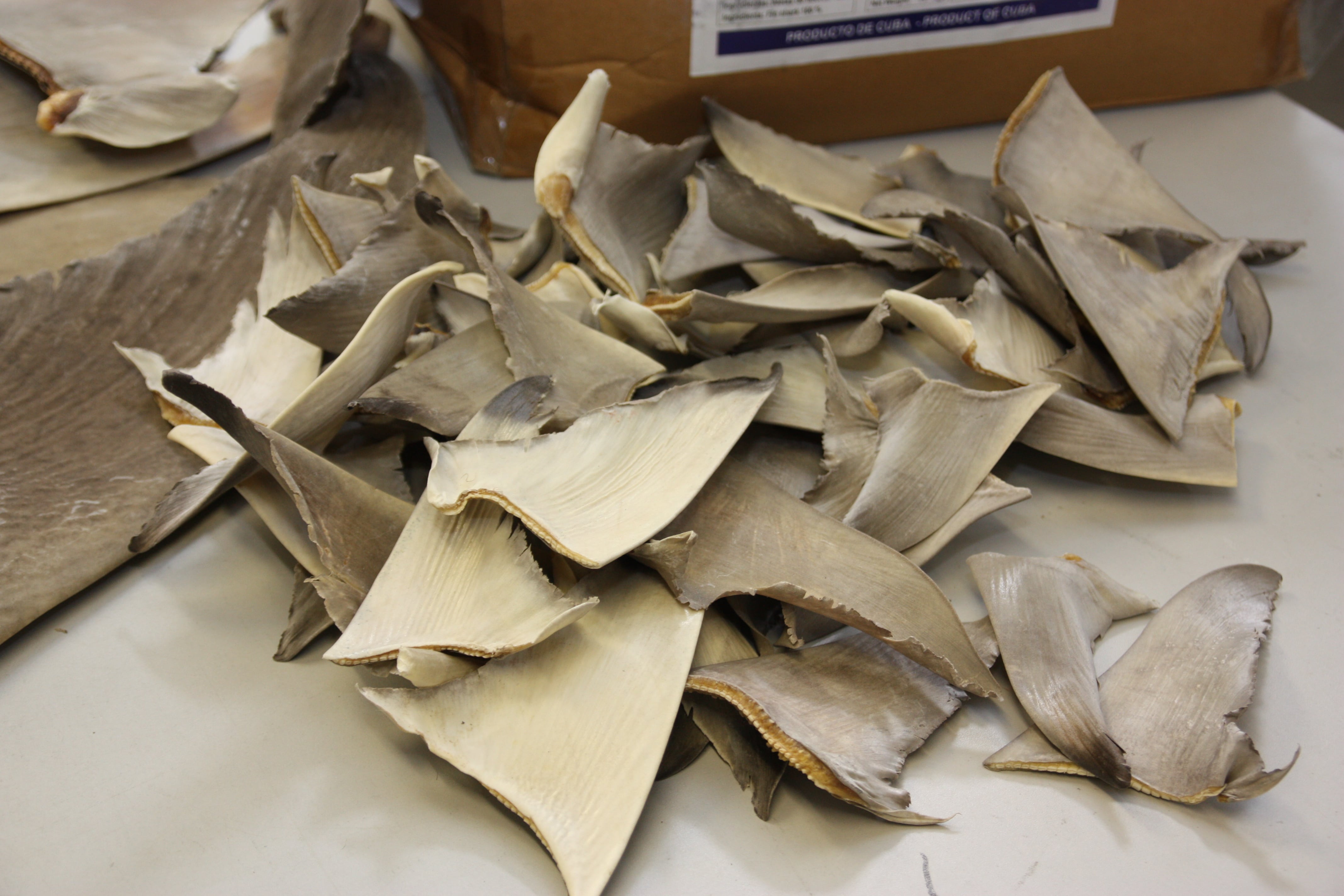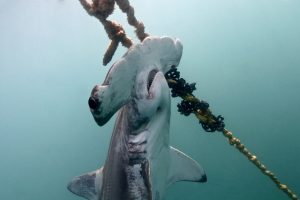HONG KONG- For the first time, researchers have traced the origins of shark fins from the retail market in Hong Kong back to the location where the sharks were first caught. Great news! This will allow researchers to identify “high-risk” supply chains for illegal trade and better enforce international trade regulations. The focus in the research lies on Scalloped Hammerhead Sharks
2020-05-04


